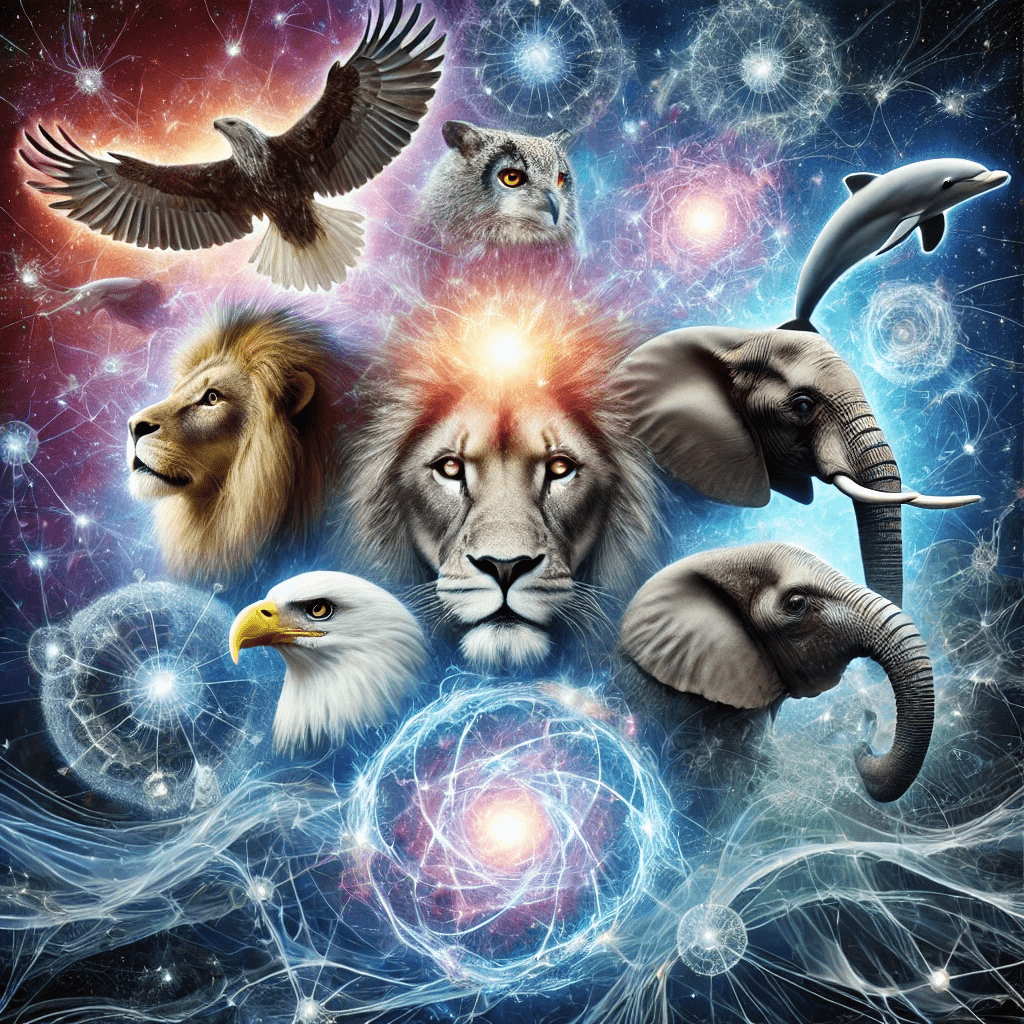Are Animals Conscious? A Look at the Growing Field of Animal Consciousness Research

If you’ve ever watched a honeybee appear “moody,” a fish recognize itself in a mirror, or an octopus solve a puzzle, you’ve likely wondered if animals truly feel and think in a way similar to humans. These questions are at the heart of an emerging scientific field: the study of animal consciousness. It’s a challenging topic that spans philosophy, biology, and neuroscience—but recent findings are pushing us to reconsider what it means to be aware.
Why Consciousness Is So Hard to Define
Scientists agree there’s no single, universally accepted definition or theory for consciousness. In humans, it usually involves the experience of sensations (like color), emotions (like happiness or pain), and even dreaming or recalling past events. Because our best examples of consciousness come from our own species, it’s tricky to say for sure when another creature is having these same kinds of experiences.
The “Problem of Other Minds”
Philosophers have long described the “problem of other minds”—the realization that we can never fully prove another being’s inner experience. After all, we can only see our own thoughts directly. John Stuart Mill highlighted this centuries ago when he noted we rely on “reasoning by analogy”: if a creature has a body and behaviors like ours, and if in our own case those signs are tied to feelings, it’s reasonable (though not certain) to guess they might feel something, too.
Using Behavioral and Biological “Markers”
Without a perfect theory, researchers instead look for clues—or “markers”—that might suggest an animal’s conscious awareness. These clues can be:
Behavioral: Does a bee not only sense heat, but also learn to avoid it in the future, suggesting more than a reflex? Does a dog show signs of discomfort and then change its actions to avoid that feeling again?
Biological: In humans, specific brain regions light up when we’re in pain or experiencing certain emotions. Do comparable brain activities or structures exist in other creatures, such as octopuses or fish?
When animals show multiple markers at once—like clearly changing habits to avoid discomfort, displaying complex learning, and having brain responses linked to pain or emotion—researchers gain more confidence in the possibility that they are conscious.
Beyond Pain: Joy, Curiosity, and More
So far, a lot of these studies focus on pain, which is easier to measure because animals show clear “avoidance” behaviors when hurt. But consciousness goes beyond suffering. Scientists are starting to look at other feelings, such as joy (does a rat “laugh” when tickled?), or curiosity (can a cuttlefish plan for the future?). The field is still young, but many experts believe that investigating these emotional states will open up even more evidence for the range of conscious experiences animals can have.
The Future of Animal Consciousness Research
In 2024, over 500 experts signed the “New York Declaration on Animal Consciousness,” reflecting a growing consensus: there is at least a real possibility that many animals—vertebrates and even some invertebrates—have conscious experiences. Yet it’s also clear there’s much more to learn. As scientists refine their methods, explore beyond pain to include other emotions, and find new ways to tease apart conscious and unconscious processing, our view of life on Earth could change dramatically.
The Bottom Line: While definitive proof might remain elusive, ongoing research strongly suggests that many creatures experience at least some level of consciousness. This doesn’t just reshape our science—it can also inspire new thinking about how we treat and protect animals in our daily lives